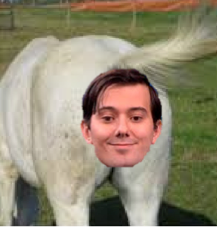Subscribe to the newsletter
[x]
Stay in touch with the scientific world!
Know Science And Want To Write?
Apply for a column: writing@science20.com
Donate or Buy SWAG
Please donate so science experts can write
for the public.
At Science 2.0, scientists are the journalists,
with no political bias or editorial control. We
can't do it alone so please make a difference.
We are a nonprofit science journalism
group operating under Section 501(c)(3)
of the Internal Revenue Code that's
educated over 300 million people.
You can help with a tax-deductible
donation today and 100 percent of your
gift will go toward our programs,
no salaries or offices.
- A Boom In Carbon Capture Is Upon Us, But The Impact On Greenhouse Gas Emissions Is Uncertain
- For Millennials, The Midlife Crisis Is Inability To Have A Midlife Crisis
- If Acupuncture Weren't A Placebo, It Would Be Real Medicine, So It Can't Help With Infertility
- With No Environmentalists To Block Science, A Communist Dictatorship Vaults Ahead In Food
- The Anti-Science Left Is Now Against Misinformation, Because The Right Caught Up To Them In It
- Despite Lacking Science, FDA Made 10,000 Vaping Products Illegal. Now It Wants More Armed Agents To Enforce It
- Dinosaurs And Aliens On The Moon: Harvard Found A Way To Stop Talk About Their Anti-Semitism
Interesting insights from outside Science 2.0
© 2024 Science 2.0

 Though politicians in Paris cheering a climate accord that 150 out of the 200 countries present have no intention of honoring is getting all of the attention, a more pressing concern is being ignored: a Zombie apocalypse.
Though politicians in Paris cheering a climate accord that 150 out of the 200 countries present have no intention of honoring is getting all of the attention, a more pressing concern is being ignored: a Zombie apocalypse.






